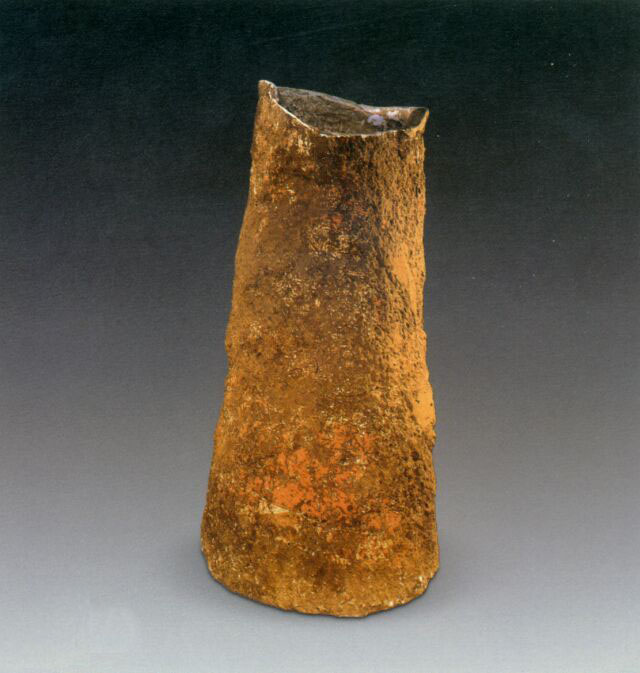The history of the drum
240 views · Organized by 夜夜 on 2022-02-18
Emperor Zhuanxu was one of the five emperors in ancient China (Huangdi, Diku, Tang Yao, Yushun, Zhuanxu), and was known as the emperor of water virtue in the north.
Emperor Zhuanxu was benevolent, wise and wise. At that time, in the world, the Quartet was adored by virtue, and all birds and beasts were influenced by him.
Emperor Zhuanxu was nurtured by his uncle Shaohao since childhood, and he was particularly fond of music. When he heard the sound of the wind from all directions passing over the earth, he felt very pleasant, so he made the eight flying dragons imitate the wind and chanted, and named it "Chengyun Song", which was specially used to commemorate the Yellow Emperor.
Emperor Zhuanxu was benevolent, wise and wise. At that time, in the world, the Quartet was adored by virtue, and all birds and beasts were influenced by him.
Emperor Zhuanxu was nurtured by his uncle Shaohao since childhood, and he was particularly fond of music. When he heard the sound of the wind from all directions passing over the earth, he felt very pleasant, so he made the eight flying dragons imitate the wind and chanted, and named it "Chengyun Song", which was specially used to commemorate the Yellow Emperor.

Involving musical instruments
Tuogu (Pinyin: tuó gǔ) is a drum made of skin. Its sound is like a chirping. ; the sound of chirping. ("Tuo" is also known as "Chinese alligator", "Tuolong", "Pigpolong", and its skin can be covered with drums.)
Guess you like
Organized by 氯化钠 on 2022-02-18
[Tang Dynasty] Wen Tingjun's "Kunming Water Control Poetry": "The drum and the drum are three times to report to the emperor, and the eagle flag beast ship rushes up."
read >>
 渝公网安备 50010702504639号
渝公网安备 50010702504639号